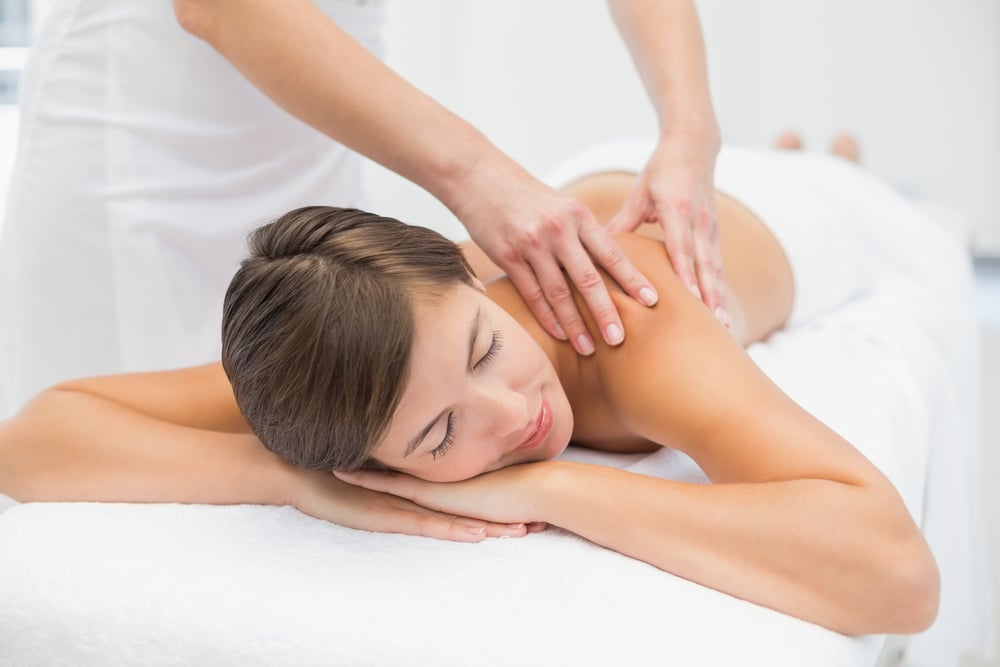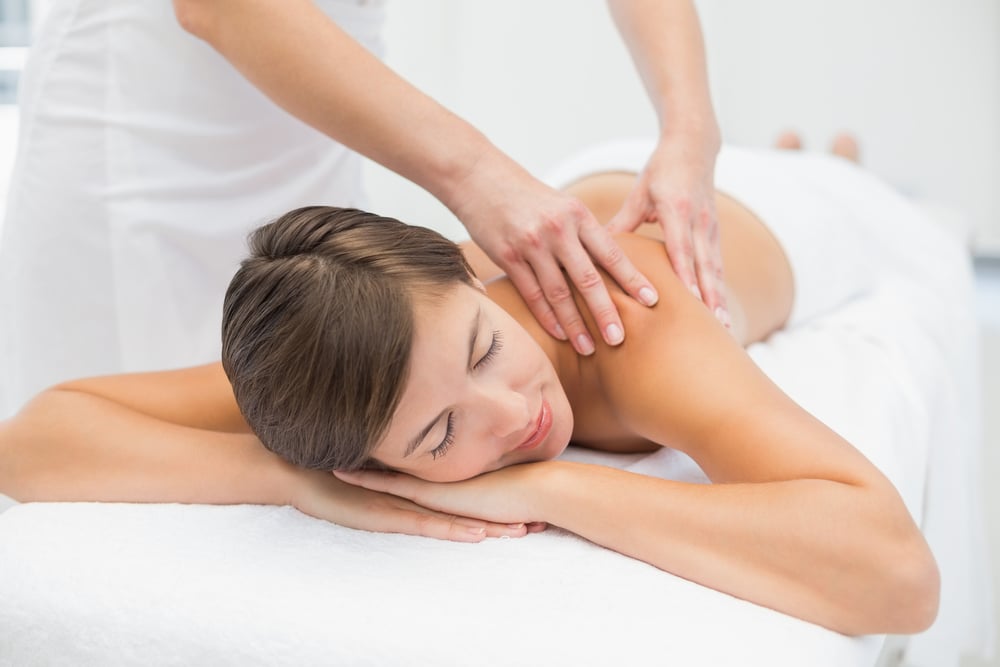
Image via Shutterstock |
Massage Therapy
Massage therapy uses hands-on techniques to manipulate the soft tissues of the body to increase circulation, relieve tension, reduce stress, relieve anxiety, improve sleep, and promote relaxation. Techniques include applying fixed or movable pressure, holding, and moving muscles and body tissues. There are many different types of massage, including these commons types:
Swedish Massage
Swedish massage is a gentle type of full-body massage that’s ideal for people who are new to massage, have muscle tension, and are sensitive to touch. It can help release muscle knots, and it’s also a good choice for full relaxation during a massage.
During a Swedish Massage, the massage therapist will use a combination of:
- kneading
- long, flowing strokes in the direction of the heart
- deep, circular motions
- vibration and tapping
- passive joint movement techniques
Hot Stone Massage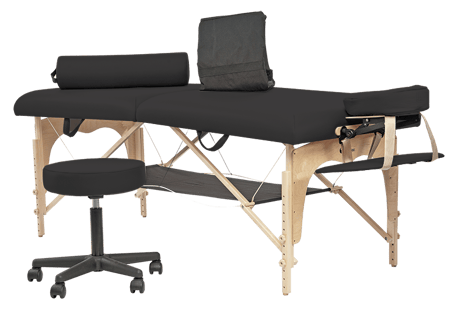
Classic Series Athena Professional Package
Image via Custom CraftworksHot stone massage is most effective for clients with muscle pain and tension or for those who simply want to relax. This type of therapeutic massage is similar to a Swedish massage, only heated stones are used in place of or in addition to their hands. Heated stones ease muscle tension, improves blood flow, and relieves pain. Hot stone massage may help:
- ease muscle tension
- improve blood flow
- alleviate pain
- promote relaxation
- relieve stress
During a hot stone massage, heated stones are placed on different areas around the whole body. The therapist may hold a stone as they massage different parts of the body using Swedish massage techniques applying gentle pressure. Sometimes cold stones are also used.
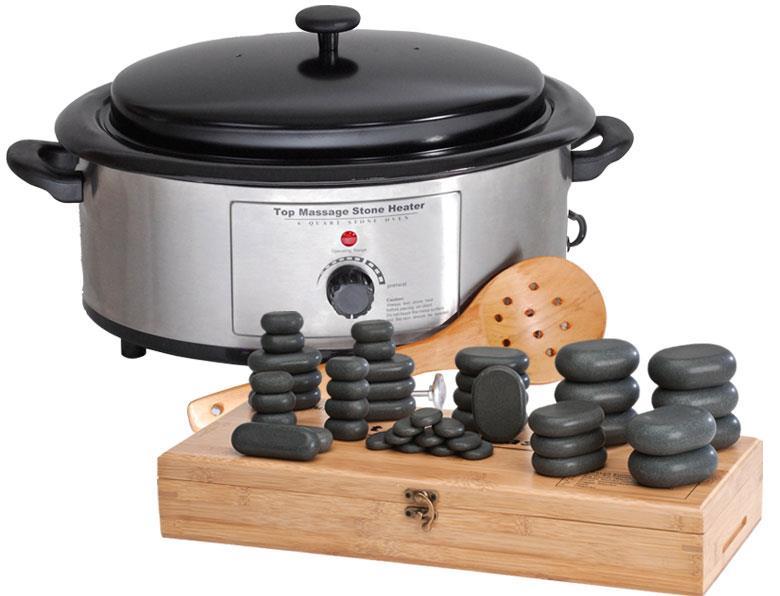
Deep Tissue Massage
Deep tissue massage uses more pressure than a Swedish massage to work on the deep layers of muscle and fascia in the body. Deep tissue massage treats chronic muscle problems, such as soreness, injury, or imbalance. It can help relieve tight muscles, chronic muscle pain, and anxiety.
During a deep tissue massage, the massage therapist uses slow strokes and deep finger pressure to relieve tension from the deepest layers of muscles and connective tissues.
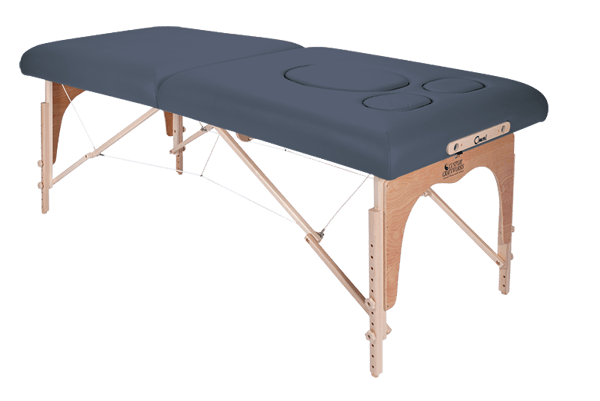
Classic Series Omni Portable Table
Image via Custom CraftworksSports Massage
Sports massage is effective for repetitive use injuries from training and competing. It’s also an effective option for those prone to injuries because it can be used to help prevent sports injuries. Sports massage may be used to increase flexibility and performance. Additionally, sports massage can be used to relieve pain, anxiety, and muscle tension.
A sports massage can be done as a full-body massage or may be focused on the parts of the body that need the most attention. Deep pressure may be alternated with soothing strokes depending on your needs.
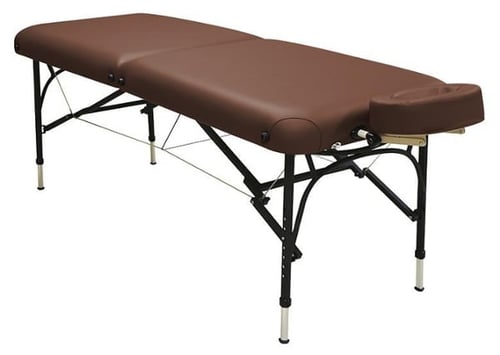
Solutions Series Challenger Aluminum Massage Table
Image via Custom CraftworksTrigger Point Massage
Trigger point massages are best suited for people who have injuries, chronic pain, or a specific issue or condition. Sometimes areas of tightness in the muscle tissues known as trigger points can cause referred pain in other parts of the body. By focusing on relieving trigger points, this type of massage can reduce pain.
Trigger point massage uses broad, flowing strokes that are gentle and relaxing combined with stronger, deeper pressure. The massage will include work on your entire body, though your therapist will focus on specific areas of your body that need to be released.
Fluid Motion Soft Tissue Tools are ideal to use during Trigger Point Massage because of their ambidextrous design for both right and left-handed therapists. There are only two tools (smaller and larger) for gentle and effective use on the entire body and their superior weight at 4.6 and 12 ounces respectively allow practitioners to affect tissue with fewer strokes and less pressure. FMST Tools have a custom-molded, non-slip thumb grip for easy grasping, even with the use of slippery creams.
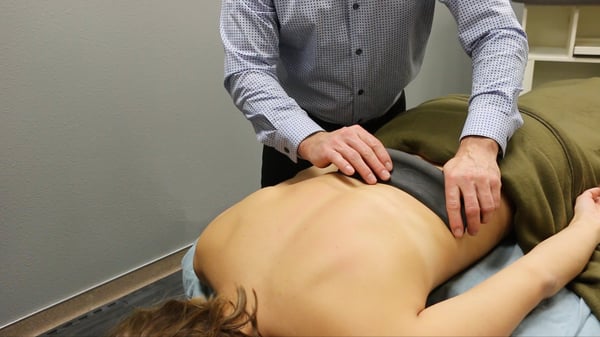
Fluid Motion Soft Tissue Tools
Image via Custom CraftworksReflexology
Reflexology is best for people who are looking to relax or restore their natural energy levels using gentle to firm pressure on different pressure points of the feet, hands, and ears. It's based on a theory that these body parts are connected to certain organs and body systems.
Reflexology is linked to many potential benefits, but only a few haven been evaluated in scientific studies. Limited evidence links reflexology helping with:
- reducing stress and anxiety
- reducing pain
- lifting mood
- improving general well-being
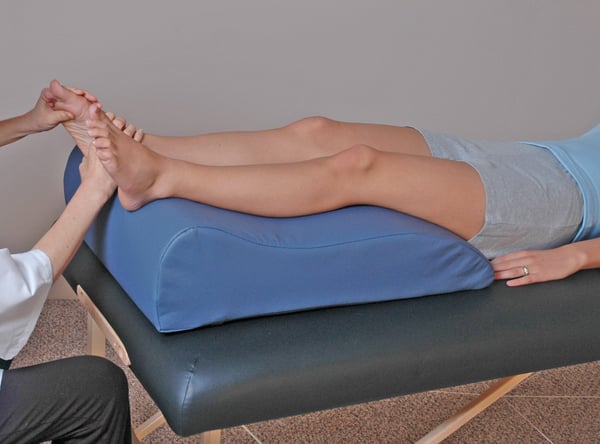
Custom Craftworks Classic Series Reflexology Bolster
Image via Custom CraftworksShiatsu massage
Shiatsu massage is a type of traditional Japanese massage that uses acupressure to promote relaxation. In Japanese, shiatsu means "finger pressure." It is best for people who want to feel relaxed and relieve stress, pain, and tension. Shiatsu massage also:
- promotes emotional and physical calm and relaxation
- helps to relieve stress, anxiety, and depression
- may relieve headache
- reduces muscle tension
Shiatsu massage works the whole body, but the therapist may focus on areas of the body that need extra attention. During the massage, the therapist will use their hands, palms, and thumbs to massage certain body points with pulsing or rhythmic pressure.
Massage may be a way for clients to feel better physically, mentally, and emotionally. Experiment with different types of massage and with different massage therapists to find the ideal type and provider. In addition, always communicate your expectations and intentions with your massage therapist and speak up if there is something with which you aren’t comfortable. Talk to your doctor before getting any type of massage if you have any health concerns or conditions.
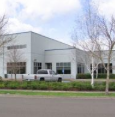
Custom Craftworks
Originally founded in 1986, Custom Craftworks supports the vital work of professional manual therapists and educators in the massage therapy and holistic health fields by designing, building and sourcing the best-quality massage tables, chairs, equipment and accessories available. In 2009, the company was acquired by Pivotal Health Solutions based in Watertown, South Dakota.

